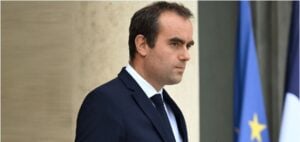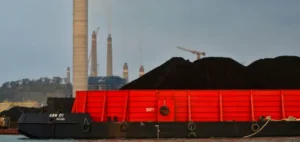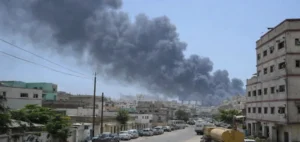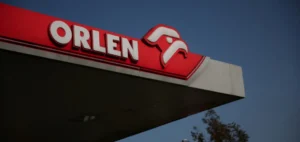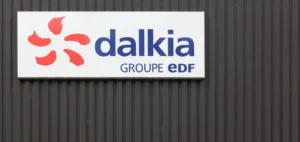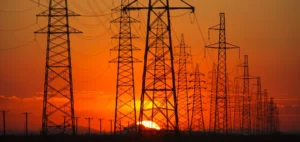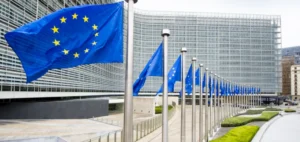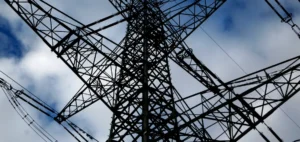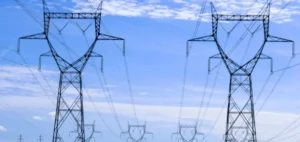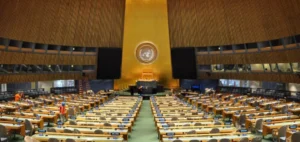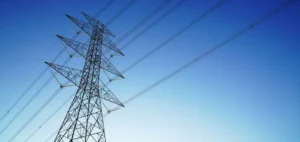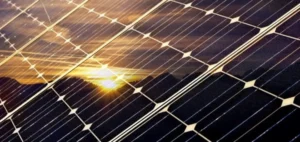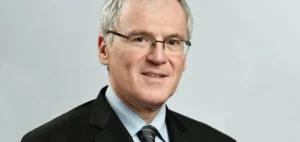Measuring carbon intensity is key to quantifying and reducing companies’ CO2 emissions. This essential but complex measurement can have so many different emission sources with uncertain capture. While this may seem like a difficult challenge, there are solutions.
A complex measure
Measuring the carbon intensity of a company is necessary to be able to assess the impact on the environment. With the zero emission objective, and the purchase of allowances to compensate for it, the measurement of carbon intensity is essential. Despite this imperative, the measure remains extremely complex.
It is usually calculated, as TotalEnergies already does, using a “carbon indicator”. The latter divides the total emissions of its production by the amount of energy produced. For other energies, such as oil, the measurement is simpler.
The flow of crude oil, or the weight of a commodity being extracted, is usually measured by a device that allows for accurate measurement. But for the oil market, the carbon footprint of crude oil is more complicated to determine once it is emitted. Indeed, greenhouse gases are becoming more difficult to track in the atmosphere.
The use of satellite data
There are a growing number of tools to mitigate these difficulties, the use of satellite data allows a better assessment of carbon intensity. This innovation allows us to identify the fields where oil and gas installations use flaring. Thus, the CO2 associated with this combustion is directly an evaluation tool.
For refined products, the parameters influencing the intensity are also numerous and complicate the measurement. With a wide range of contributing and temperature-sensitive processes, its measurement is tricky. Thus, satellite monitoring allows us to focus specifically on areas of exploitation and to identify their methane intensity.
A refined product, such as diesel or gasoline, is the result of a process that generates emissions from different sources. One solution is to add up the different sources of emissions. Thus, the more processing a product undergoes, the more carbon intensive it will be.
Relative performance
As in the case of the oil market, it seems useful to emphasize the need to establish a standard, that of relative performance. Indeed, for companies to prove their good performance, transparency and standards are essential. Thus, relative performance allows companies to consider different decarbonization actions.
Relative performance supports fuel switching or investment in carbon capture technologies (CCS). However, this technology, which allows CO2 to be captured at the source and then stored, is still imperfect and little used. The implementation of such a system favors the consideration of offsetting methods in investments.
Therefore, low-carbon products will play an important role in global commodity trade. As carbon accounting and pricing continues to grow, the cost of offsetting will become a driver for reduction. However, it is essential to start with a standard carbon intensity benchmark, regardless of its origin.
The parameters of the measurement
A large number of parameters can influence the measurement of carbon intensity. For example, we observe that the complexity of regional refinery configurations increases their carbon intensity. The same is true for the categories of oil used.
As a result, heavy crudes tend to require more processing and energy to transform heavy residues into light distillates. These different parameters also make it possible to improve the efficiency of production processes in their reduction of CO2 emissions. The solution may lie in creating a medium carbon intensity.
Measuring carbon intensity is therefore a major challenge in achieving “zero emission” goals. Companies will be able to determine their impact and thus limit it. The cheapest ton will probably become the one they don’t emit.



